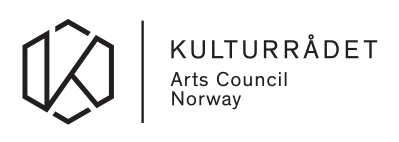Moderator Aby Cohen
Description
A playful subversion of the body and materials, through the creation of costumes, to reveal the influence of normativity in relation to external and visible aspects of identification. Seeking a sense of belongingness, reformulating objects and materials, creating reimagined narratives to explore possibilities of multicultural nationality, community and coexistence.
The case studies on this panel (WG) are inspired by the collective creative process in the context of the Caribbean Carnival of Toronto and Circus; exploring how a lived or reinvented experience manifest visually and materially through the costume.
Caribbean Carnival costumes are analysed – based on Michelle Reyes’s 2018 award-winning D’Rise of de Cherry Blossom – as a way of thinking, feeling, and existing in a world that is challenging, especially for the raced, classed, and gendered bodies.
Circus Costumes experience, analysed by the perspective of choreographer and mise-en-scène, is focused on artists’ interactive and collaborative costume-making processes with the designer Sara Torrie, in which three abandoned parachutes were transformed into costumes, used as prompts of suspension, risk and rescue; allowing the emergence of reimagined narratives.
Presentations
● Jacquey Taucar: The Beautiful and ‘Sweaty Concepts’ of Caribbean Carnival Costumes (#28)
● Michelle Man: Fraying Parachutes: Costume Agency and ‘Convivencia’ in Contemporary Circus Performance Making (#80)
Keywords body, material, normativity, politics, identity





